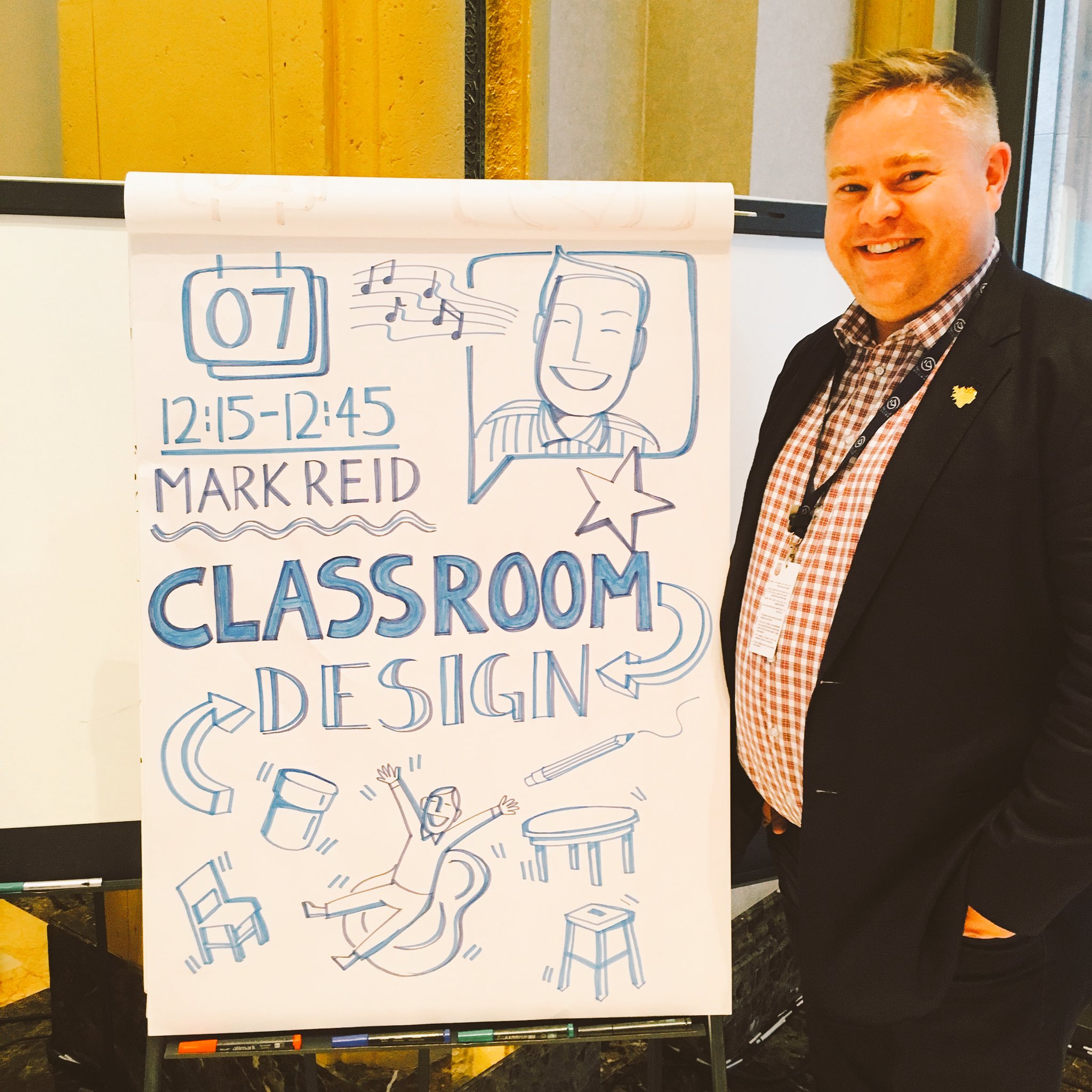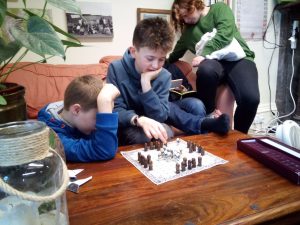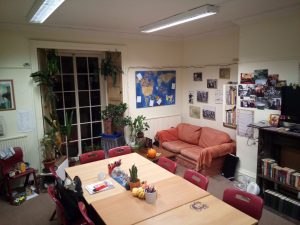
Mark Reid, Space2Learn Co-Editor
SET-BC
Vancouver, British Columbia, Canada
![]() @mmgreid
@mmgreid
During years as a music teacher, I never lost sight of the fact that I would teach a student for the entirety of their high school experience. Unlike my colleagues in science, math, or social studies, I was the one-and-only band and choir teacher in the school. As some students take five years of social studies with a different teacher each year, the connection between music teacher and student-musician is quite long-term. The benefit of this is significant and frequently elicits the “with great power comes great responsibility” challenge – one I gladly accept. It is pretty encouraging, then, when these kids grow up and engage the leadership skills they’ve learned and mimic the community engagement we model. Having learned in a space that celebrated leadership, it is no wonder that students create meaningful spaces for others. Such is the power of education.
Two weeks ago I had the pleasure of being a judge on a panel that would pick the winner of the 2018 edition of nwHacks, “Western Canada’s Largest Hackathon”. The invitation came from Jason Smith, a former student. He is easily described as a social motivator – his excitement about something is contagious and inspiring. What he and his peers on the organizing team may not have recognized is that this for-students-by-students learning experience established a space for participating university students to collaborate, improvise, innovate, and respond with a focus on making our world a better place. For a few examples, it is worth taking a look at the published list of winners. Despite the overwhelming currency of blockchain finance (pun intended), it is worth noting the many solutions to food security, accessibility, public safety, and education developed during this 24-hour work period.
Good morning everybody, looks like the sun came just on time! Just a reminder that projects are due at 1pm. Mentors will be around to help you complete any final touches! #nwHacks2018 pic.twitter.com/jh8yWYJrB8
— nwHacks (@nwHacks) January 14, 2018
I was impressed that this competitive space was free of dividers, barriers, or any form of isolating element. Intentional or not, the organizers sent a message that collaboration is critical to a better future. Mentors from sponsoring companies and institutions, including Google, Microsoft, Scotiabank, and Hootsuite roamed the room providing advice and making connections with the technology solutions that participants needed. Major League Hacking, a well-organized network of hackathons, brought equipment that participants could borrow. All this, in addition to coordinated meals and the occasional game, to make sure these hackers could sustain themselves through the entire 24-hour work period.

The whole experience reminded me of the three critical capacities that my good friend and edu-hero, Jelmer Evers, described to me as requirements for independent efficacy: tools, time, and trust. The organizers created a space that would facilitate engagement on multiple levels, recognizing both short-term needs and long-term possibilities.
It shouldn’t be lost that this event was organized by a group of individuals who are also full-time students. I can’t help but wonder what prior experiences informed their thinking as they developed such a highly-productive environment. How are teachers making the context of their choices known? This only reinforces the need for teachers to talk to our students about our own design processes. It is common practice to ask students to share their learning with teachers, but how do we make it more common for teachers to communicate how we design learning spaces, assessments, instructional experiences, and professional learning? I’d argue that this is how we inform a future generation of what it takes to make change, to empower, and to engage.

Mark Reid is a former Top 50 Finalist for the Global Teacher Prize, Varkey Teacher Ambassador, Qudwa Fellow, TeachSDGs Ambassador, and the 2013 MusiCounts Teacher of the Year. He specializes in facilitating dialogue that connects policy and practice. With a background in music education, Mark has experience in the classroom and as a provincial curriculum coordinator at the BC Ministry of Education.








